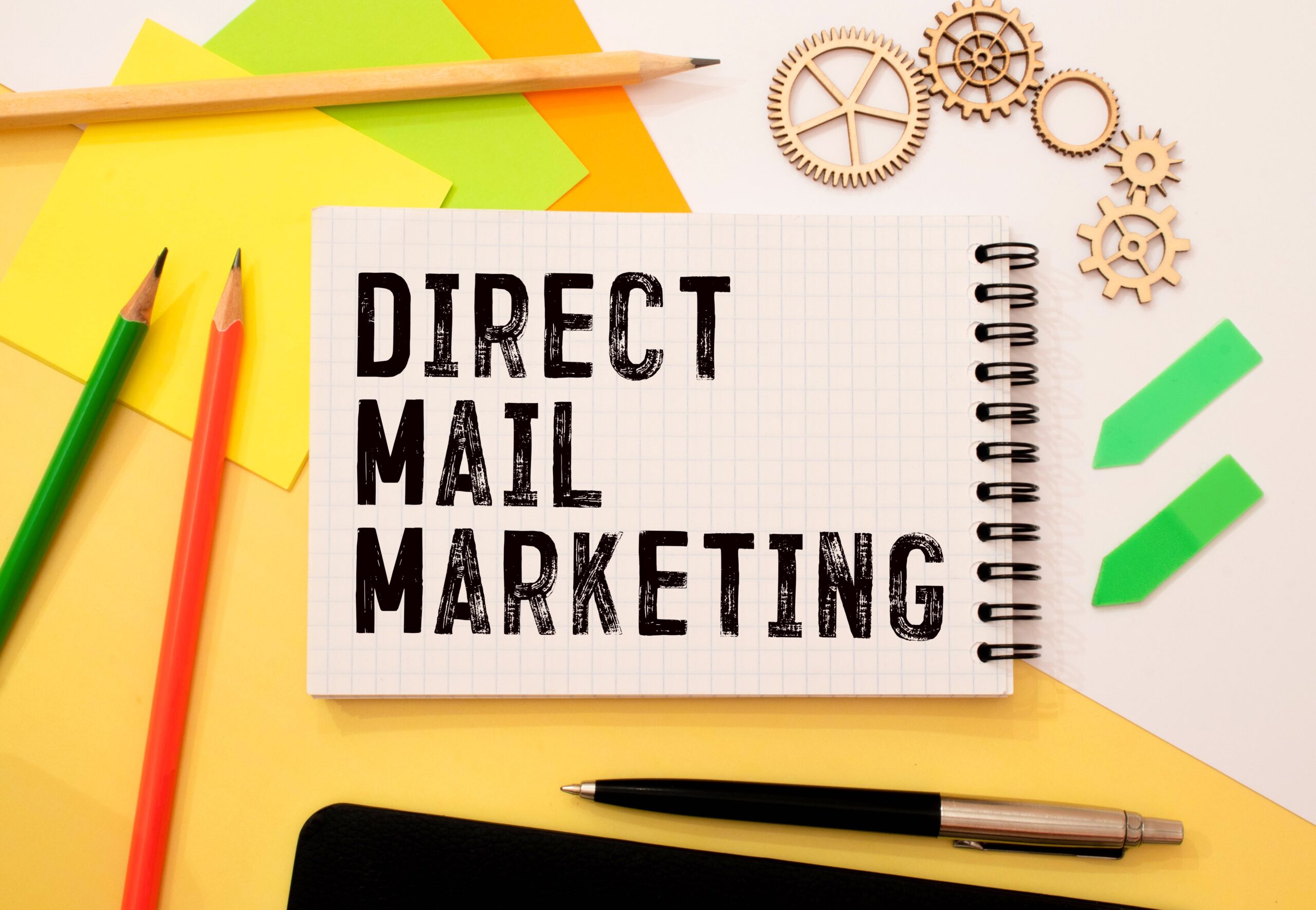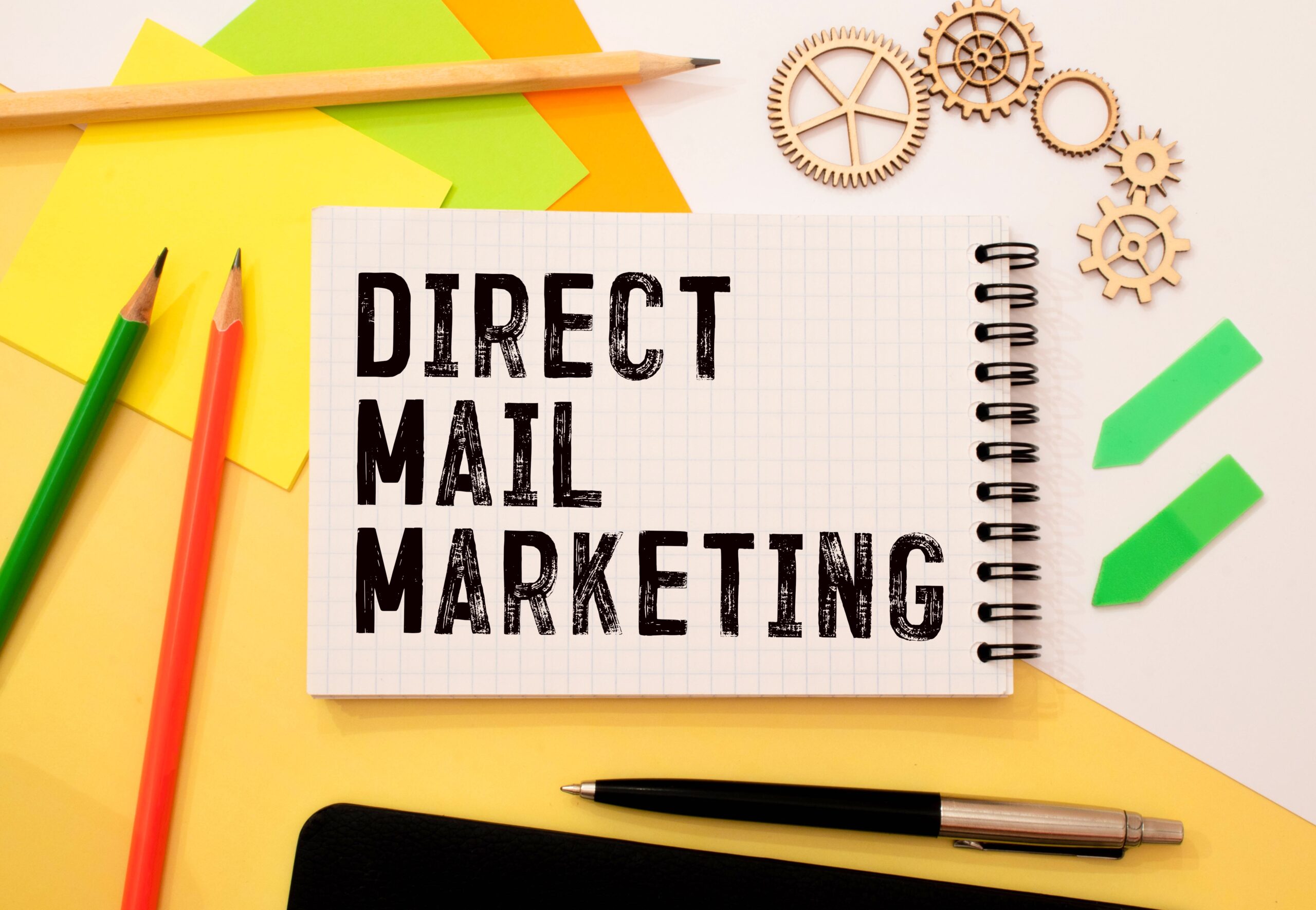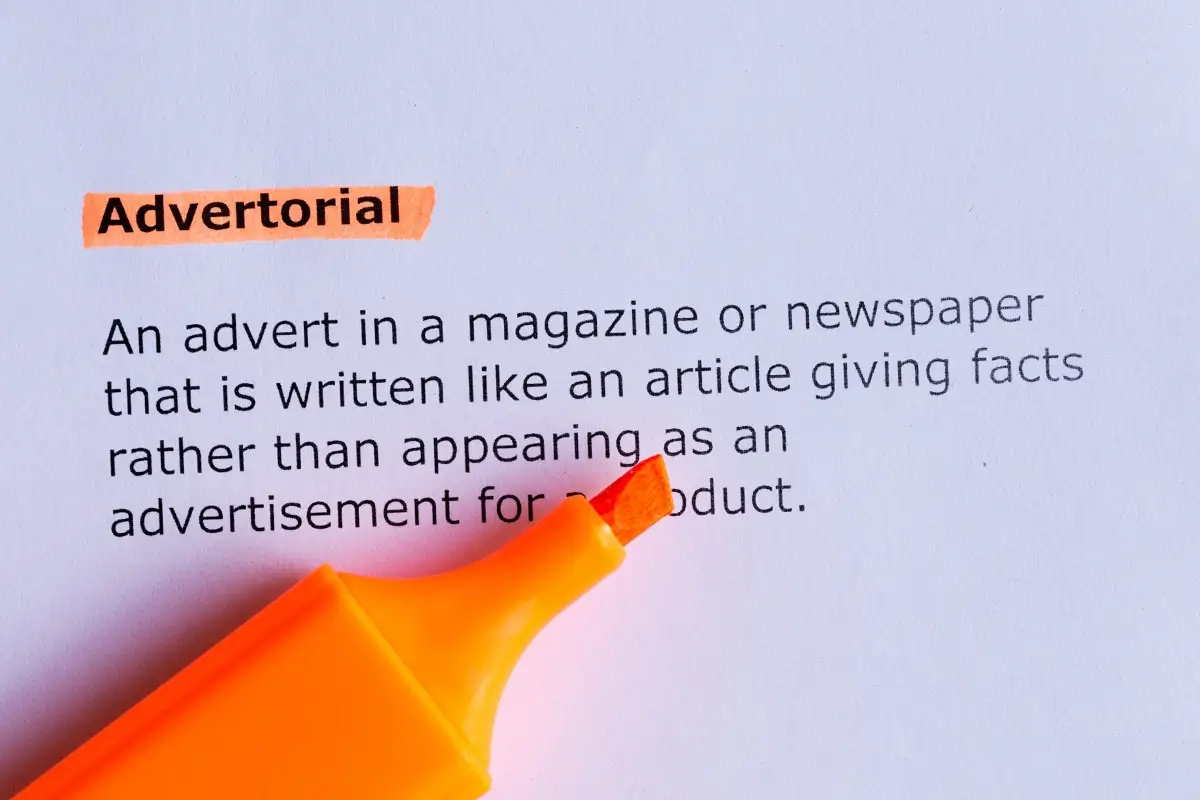
Allow me to repeat:
Repetition for brand recall is a good thing.
Repetition for brand perception is a good thing.
Repetition in your brand awareness strategy is a good thing.
Here’s a no-BS marcomm take for tech firms: your marketing message needs to be as clear as a kid’s drawing – and repeated enough times to boost brand recall and be unforgettable. Even if you’re convinced you’re terrible at it.
What is brand recall? It’s the ability of your prospect to remember your brand (your solution or platform) when prompted by a product category (your industry or use case). This isn’t your logo, website or your personality, but the specific memory of what you deliver and why it matters. And repetition is how you earn space in their brain.
And what is brand perception?
It’s the gut feeling your audience has when they see your name – a concoction of their attitudes about your value, credibility, and relevance. You don’t control it, but you absolutely influence it. Every marketing message you repeat hammers that perception into shape.
What a crayon taught me about brand recall

When I was in elementary school, it was obvious that my writing stood out compared to everyone else’s. But I’d lacked confidence in my drawing abilities since kindergarten. I admired classmates who could sketch puppies, kittens, and bears that looked like toy animals we were playing with or cartoons in books and on TV. It seemed to me that everyone else was just better. Whenever I tried to do the same, my animals came out looking nothing like what I’d imagined. In art class, my drawings were never chosen by the teacher to be hung on the wall as top picks – except once. The entire class clapped in celebration, which tells you just how rarely that happened.
So, I grew up thinking I couldn’t draw a stickman, let alone a mammal.
The shortcut to brand recognition? Copy smart.
Fast-forward many years, I was teaching my toddler to hold crayons. I flipped through one of her books for inspiration and sketched the image you see above. Not bad, eh? It’s taken me decades to realize the reason many of my friends were better at drawing was simple. They looked at a reference. As a professional writer, let me say this as expertly as I can: Like, duh? This drawing epiphany reminded me of something we often forget about brand recognition: you don’t have to create something original every time.
Brand awareness strategy: Say it, then say it again
The primary goal of marketing, after all, is effectiveness, not originality. As David Ogilvy said, “If it doesn’t sell, it isn’t creative.” Just like kids learn to draw by copying pictures, effective marcomm starts by spotting what works and what’s important to share – then repeating it consistently. Repetition doesn’t mean you’re being lazy. It’s how audiences learn, trust, and remember you. Let me say this a little differently, so it really sinks in.
Smart tech firms win brand perception with sharp focus
Effective brand awareness strategy comes down to telling your audience the same thing over and over again in different ways. This marketing trend has deep roots. In the 1970s, TV took over as the king of ads that blasted viewers with a relentless barrage of commercials, drowning out everything else. TV’s relentless onslaught of information forced brands to rethink how they connected with consumers – a challenge that’s only intensified today in the tech world’s hyper-saturated ad space, where attention is the rarest currency. Instead of dazzling audiences with endless creativity, marketers embraced a new trend: clarity and repetition.
Your brand awareness campaign needs a memory hook
Rosser Reeves, the father of the USP (Unique Selling Proposition), was a key figure in this shift. At the Ted Bates agency in New York, Reeves crafted brand awareness campaigns that zeroed in on a single, specific benefit of a product, then repeated that message relentlessly on TV until it became unforgettable. His approach wasn’t about endless originality, but about reaching customers with a simple, consistent message. This strategy of repetition in the face of media saturation laid the groundwork for what Al Ries and Jack Trout later developed as positioning – owning a distinct, memorable place in the consumer’s mind through consistent messaging. In other words, they engineered brand recall.
How to increase brand awareness without reinventing the wheel
Repetition sounds boring only if you don’t know how to do it right. I’ve worked as a technology copywriter for a decade and I can tell you part of why young tech firms don’t repeat themselves enough in marcomm is because it feels too basic – too easy to copy. They shy away from anything that looks replicable. We’re wired to chase originality, to stand out. Just like I used to torture myself trying to conjure drawings out of thin air, obsessed with being “original,” when all I really needed was a reference. Still unconvinced repetition is an amazing tool in your brand recognition strategy? Frame it as strategic reinforcement. Then suddenly, it earns the credibility it deserves.
One marketing message, 10 punches: Brand recall that hits home
If you zoom out and look at your service offer from a higher level, you’ll see it breaks down into several core messages. Focus on three to five of these messages that will act as content pillars depending on the complexity of what you offer; then repeat, reshape, and reinforce them over time. Let’s say that your solution helps B2B SaaS companies automate customer onboarding. You don’t need 10 different messages – you need one message told 10 different ways: through a product page, a case study, a blog post, a LinkedIn carousel, an email campaign, a sales deck, a short video, and so on.
Endless angles for one goal: Your brand awareness strategy
The core marketing message stays the same – this tool makes onboarding faster and easier – but each format reinforces it in a way that fits where your audience is in their journey. That’s how repetition works in marcomm. Here’s what I mean by sharing a single message told 10 different ways:
- Blog post – A thought leadership angle.
“Here’s why your onboarding process is costing you customers.” - Product page – Clear, punchy benefits.
“Automated onboarding in 2 clicks.” - White paper – A data-driven deep dive.
“87% of users drop off during onboarding—here’s how to stop it.” - Case study – A before/after narrative.
“How [Client X] cut onboarding time by 60%.” - LinkedIn post – A snappy, relatable anecdote.
“Ever sign up for a tool, then bounce because setup was a pain?” - Sales deck – Simplified proof points with visuals.
“Here’s the friction. Here’s the fix.” - Email campaign – Drip the message over time, one angle at a time.
- Video explainer – A quick, engaging walkthrough.
“See how effortless onboarding transforms your user experience in under two minutes.” - Webinar – Interactive education with expert insights.
“Join us to uncover onboarding pitfalls and proven fixes that boost retention.” - Infographic – Visual storytelling with key stats.
“The onboarding funnel: where users drop off and how to keep them moving.”
Lose the plot, lose the prospect: Marcomm misfire
Let’s see what happens when marketing repetition is ignored. Imagine again you help B2B SaaS teams streamline onboarding. But instead of anchoring your messaging to that core benefit, you churn out disconnected content every week that reads like this:
- “5 ways AI is transforming remote work”
- “Why your next hire should be a Gen Z”
- “The power of gratitude in the workplace”
- “Let’s talk about mental health in tech”
- “Here’s our latest feature update… also, free coffee for beta testers?”
Scrambled content? So is your brand perception
This kind of chaos might make you feel good about posting in regular intervals. But it’s a false comfort blanket because it’s sending your audience into a fog. The posts are all over the place, the core marketing message is MIA, and your content feels unglued from your product. You’ve gone wide instead of deep and the result is a watered down brand that confuses your prospects to the point of disorientation. You’ve officially discombobulated them. They can’t tell what you do, let alone why they should care. No throughline. No repetition. No strategic reinforcement of your real value.
If it doesn’t echo, it doesn’t stick
Instead of diluting your sales copy, frame each marketing message so that even if a prospect is seeing it for the first time, they instantly get what your solution is about. This is what will turn your copy into a familiar signal as opposed to forgettable noise. This means saying the same thing 10 different ways, not 10 different things. Your content should echo, not scatter. Before you detonate your post into the void, ask yourself: Is this reinforcing what matters – my offer, edge, and competence? Or is this another brain drop that will disappear in the algorithm abyss?
Been there, wrote that: Insights from the front lines
- Repetition enhances brand recall and brand recognition. According to Philip Kotler, when you repeat your messaging, you’re reinforcing the brand’s position in the consumers’ mind. Frequent exposure to a marketing message increases familiarity, which can lead to increased trust and purchase intent.
Think of it this way: You don’t remember Apple’s tagline because it was catchy once – you remember “Think Different” because they drilled it into your brain across ads, keynote speeches, packaging, and retail stores until it became part of the brand’s DNA.
Repetition doesn’t kill originality – it makes it work. Leo Burnett nailed it: originality isn’t about inventing new words and visuals, but reshaping the familiar in fresh ways. Repetition gives those familiar elements the power to stick, scale, and sell.
Think of it this way: You take the same core message and remix it across channels, formats, and moments until your audience can’t unsee it. You don’t have to say something new every time as long as you say something true that makes sense for your prospect pool.
- Repetition fuels recall and persuasion. The Elaboration Likelihood Model explains that people process messages through either deep focus (central route) or surface cues (peripheral route). Repetition helps hit both: it reinforces logic for the engaged and builds familiarity for the distracted.
Think of it this way: Whether your audience is thinking hard or barely paying attention, seeing your message multiple times boosts the odds it’ll register. Familiarity builds trust – and trust is what ultimately drives decisions.
Conclusion: Repetition is the heartbeat of a brand awareness campaign
So, here we are. You’ve heard it. Again. And again. And – guess what? – again. Repetition is the engine of your marcomm. You don’t need to blow minds with every post – you need to make a point and make it stick. Because if your audience doesn’t remember what you said, it doesn’t matter that you said it. In a crowded, distracted world, the brands that win are the ones that repeat themselves on purpose.
And if anyone’s wondering, the cat on the image is Thomas O’Malley from Disney’s The Aristocats.
Curious about what is brand recall rand how a smart brand awareness campaign can make it work for you? Subscribe to my newsletter for practical insights that make your message clear and memorable.







